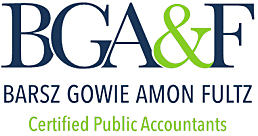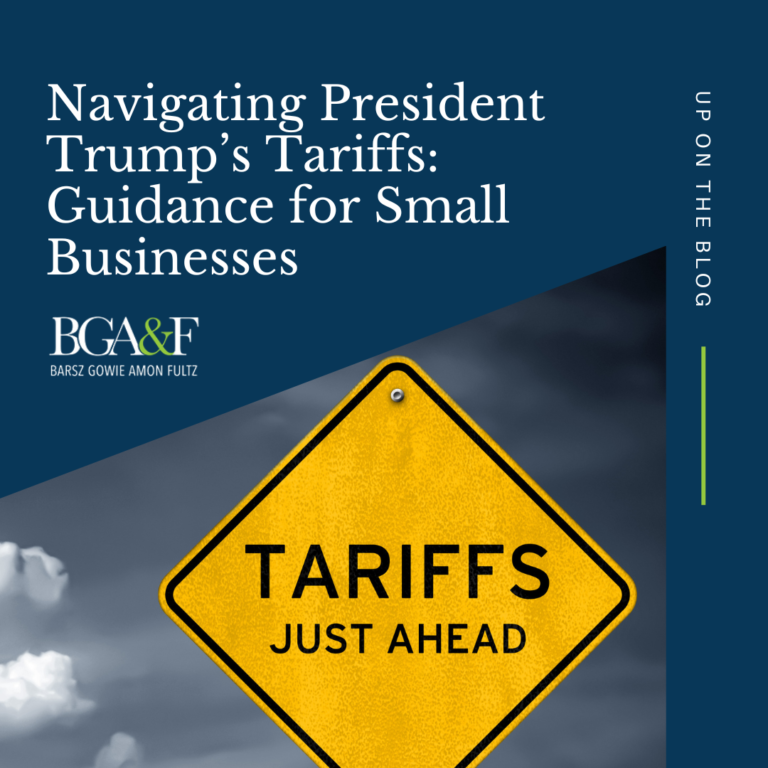The Inflation Reduction Act of 2022 has sparked a surge in clean and renewable energy investments, allocating $400 billion in federal funds for various energy and climate initiatives. Central to this Act are the Inflation Reduction Act energy credits, which offer substantial tax incentives for various clean energy projects.
The Inflation Reduction Act provides significant tax incentives for project developers and industry innovators involved in energy storage technologies, microgrid controllers, fuel cells, geothermal initiatives, microturbines, and solar and wind technology.
Expansion of Inflation Reduction Act Energy Credits
Energy tax credits have long been a lever for businesses to invest in sustainable energy solutions. With the Inflation Reduction Act, these opportunities have been expanded considerably.
Initially introduced decades ago, the Investment Tax Credit (ITC) and Production Tax Credit (PTC) have evolved significantly over time. In a nutshell, the PTC is a subsidy for producing clean electricity, while the ITC supports new investments in clean electricity installations. Generally, the PTC can be claimed by those generating electricity via solar, wind, geothermal, or hydroelectric technologies (among others). The ITC can be claimed by those investing in things like energy storage, fuel cells, and microturbines. It’s important to note that a project can benefit from either the PTC or the ITC, but not both.
The ITC started as a temporary 10% tax credit for non-fossil fuel energy property, while the PTC started as an inflation-adjusted tax credit for electricity generated using wind or biomass systems. The Inflation Reduction Act not only extended these credits’ lifespan but added new definitions and provisions to enhance their robustness.
Treasury proposes to amend several regulations
In late November 2023, the Treasury suggested amendments to four regulatory provisions. Notable changes raise credit amounts for meeting prevailing wage and apprenticeship requirements and introduce special rules suited to the current energy landscape.
New Rate Structures for PTCs and ITCs
The Inflation Reduction Act introduced a two-tier rate structure for both the PTC and ITC, offering a base credit and some additional bonus credits. The ITC’s base credit amounts to approximately 6% of a project’s cost basis. For the PTC, credits are awarded on a kilowatt-hour basis but are roughly comparable to 6% of the project’s value, like the ITC (a detailed calculation is beyond the scope of this article, so we will use a 6% base rate to simplify the example). However, by meeting labor standards, they can boost the credits to 30%.
For example, an ITC-eligible solar power plant with a $1 million cost basis can receive a 6% credit ($60,000), or if it meets the new labor standards, a 30% credit worth $300,000.
Projects must adhere to prevailing wage and apprenticeship standards to qualify for the full credit.
The prevailing wage requirement ensures that companies pay laborers and mechanics the local prevailing wages, which vary by state and region, similar to federal construction jobs. For ITC projects, all wages paid for the first five years of a project must match prevailing wages. For PTC projects, the first ten years of a project must include payment of prevailing wages.
The apprenticeship requirement stipulates that apprentices must complete a certain percentage of construction labor hours, increasing from 12.5% to 15% over time.
Bonus Credits for Special Categories
The PTC and ITC may qualify for additional credits (beyond 30%) depending on the project’s location and use of domestic materials.
Energy Community Bonus: Projects in designated ‘energy communities,’ including brownfields, certain statistical areas, and coal closure tracts, may qualify for this bonus. Developers locating projects in communities historically dependent on fossil energy jobs and tax revenues may receive up to 10% in bonus money. The bonus can be applied to the PTC or ITC.
Low-Income Communities’ Bonus: Eligible solar and wind facilities installed in low-income communities or on Indian land can receive a 10% credit increase. Eligible solar and wind facilities that are part of a qualified low-income residential building or a qualified low-income economic benefit project can receive a 20% credit increase.
Domestic Content Bonus: This credit boosts projects using domestic materials. The credit requires that all iron and steel and at least 40% (increasing over time to 55%) of the cost of all manufactured products, that are components of a project upon completion of construction, must be produced in the US.
These bonuses can be combined. For instance, the same qualifying solar power plant, if meeting all labor requirements in an energy community with domestic content, could be eligible for a 50% ITC.
Monetization of Tax Credits
The Inflation Reduction Act offers novel ways for businesses to capitalize on their tax credits. Under section 6417, the direct pay mechanism, certain tax-exempt and governmental entities can choose cash payments from the IRS in lieu of claiming tax credits.
Under the section 6418 transferability mechanism, most taxpayers (other than tax-exempt and government entities) have the option to sell all or a portion of their tax credits to an unrelated party in exchange for cash. The cash is neither includible in the transferor’s income nor deductible by the transferee. There is an IRS pre-filing registration process and special rules applicable to partnerships and S-corps.
The long-term impact of the Inflation Reduction Act energy credits on the renewable energy sector and the broader goal of carbon neutrality is profound. These enhanced credits are expected to catalyze a wave of innovation and investment in sustainable technologies.
This article provides a brief overview of proposed amendments to certain Inflation Reduction Act energy credits. The world of energy tax credits is dynamic and complex, so if you have questions, you should speak with your accounting team or contact our office.




